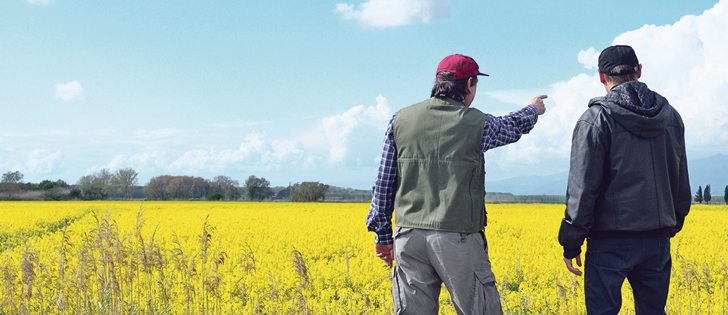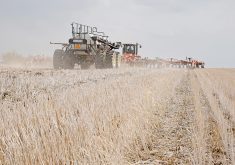There are important tax considerations landowners should consider when deciding whether to rent out farmland.
The structure could affect the ability to use the lifetime capital gains exemption (ability to save tax on $1 million in gains) and tax-deferred rollover to the next generation.
Maintaining the land as qualified farm property according to the Income Tax Act is key for landowners to take advantage of the possible benefits.
Cash rent and crop share are common rental structures that could jeopardize the ability to roll over land to the next generation without tax or the ability to sell the land and qualify for the capital gains exemption.
Read Also

Growth plates are instrumental in shaping a horse’s life
Young horse training plans and workloads must match their skeletal development. Failing to plan around growth plates can create lifelong physical problems.
To avoid losing this status, a careful analysis is needed to determine if the landowner needs to continue to be actively involved in farm operations on the land.
Arrangements in which landowners remain involved in operational decisions and bear risk may enable them to still be considered farmers.
Historically, the government has been strict on considering crop sharing to be like rent rather than active farming.
It is important to know the criteria the government uses to determine who is deemed a farmer under tax law.
One factor is the degree of involvement the landowner has in the farm. Is the landowner involved in determining what crops to seed, timing of work, amounts of chemical and fertilizer to be applied and marketing of the crop?
In fact, the key factor is often involvement in decision making, rather than performing any manual labour.
Another important factor is how the landowner is paid. Do they get a fixed amount, a percentage of the crop or do they bear risk that goes beyond that?
The tax department has been clear that the risk must be greater than a percentage of the crop to qualify for active farming status. Some items to consider in addition to crop sharing include paying a portion of the expenses, providing a portion of the machinery or providing employees.
As you can see, it can be important that farming agreements are negotiated in a manner that clearly shows the land is not simply being rented to a third party.
Of course, it is also important to consider the impact on the third party when setting up the best structure to ensure it is fair to both parties.
In practice, many producers would prefer to have autonomy in their operations. This may make it difficult to convince tenants to give up a degree of decision-making abilities. Therefore, landowners may have to provide incentives to structure an agreement in this manner. A good agreement should lead to both good tax results and a productive business relationship that will stand the test of time.
The key is to get proper advice in structuring the farming arrangements to avoid falling into a trap that could impact tax paid on any future sale or transfer to the next generation.
Even if the land is rented out and you are no longer considered to be farming for tax purposes, you may qualify for special tax treatments based on the prior farming of the land. Consult a qualified tax adviser to address your particular situation.
Riley Honess and Lauren Gallimore of KPMG contributed to this article.
Colin Miller is a chartered accountant and partner with KPMG’s tax practice in Lethbridge. Contact: colinmiller@kpmg.ca.















